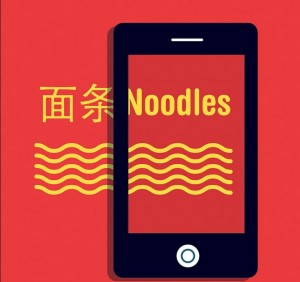A food-lover discovers that apps like Google Translate and Waygo can be the key to ordering off the hidden menu
THE LIST OF NOODLE dishes on the bilingual menu of Main Street Imperial Taiwanese Gourmet?a restaurant in Flushing, Queens?starts innocently enough. There’s a “Taiwanese Fried Noodle,” “Fried Rice Cake” and “Mixed Noodle Soup.” But the sixth item has no English translation?making it, for me at least, the most compelling dish on the menu.
Like many tech-savvy food-lovers, I pulled out my phone, launched an app called Waygo(available for Android and iOS, $7 for unlimited use), and trained my phone’s camera on the mystery item. Orange dots twinkled over the Chinese characters for a second, then a transliteration of the characters appeared (sha gua mian) as well as a translation: “Idiot Noodles.” I’d have to be an idiot not to order those, I thought.
For adventurous eaters with limited linguistic skills, translation apps are becoming indispensable, especially as the technology behind them becomes more sophisticated. Computers still struggle with handwritten text in any language, but they are making inroads. Waygo, for example, couldn’t make sense of the specials, which were scribbled on red strips of paper hanging on the restaurant’s wall, but Google Translate (available for Android and iOS, free) fared better. After drawing a few blanks when I pointed the camera at the signs, it got a hit: “Master Lin Hot and Sour Pork Ribs.” Order decided.
Sometimes, the apps are too literal. “Idiot Noodles,” my waitress told me, was more accurately translated as “Crazy Noodles.” But thankfully, Waygo sometimes serves helpful descriptions along with its translations. For instance, point it at a Korean menu, and it tells you not only that?See more at…
